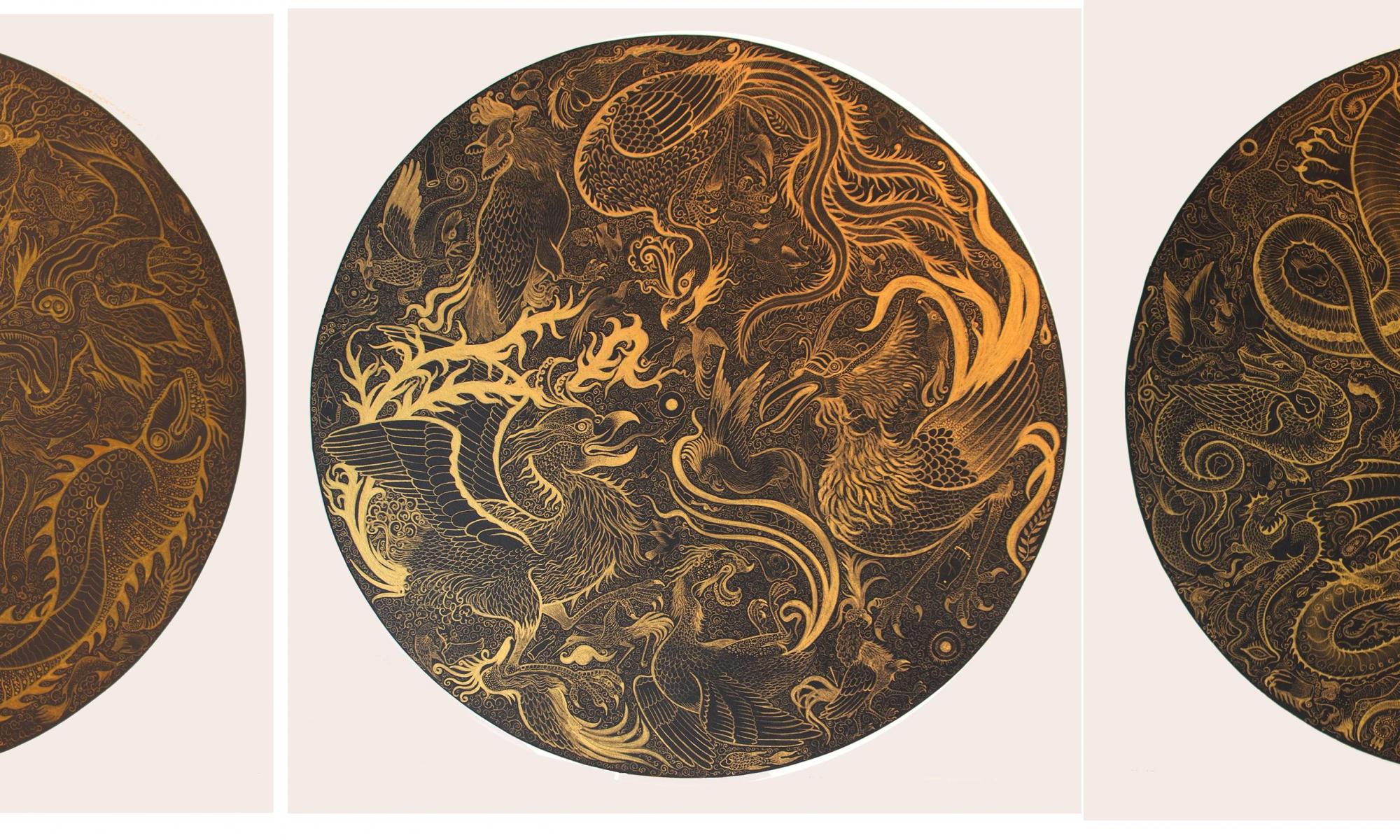In hoc signo vinces
In the year 312 ce, before the battle of Milvian Bridge, a vision of a flaming cross accompanied by the words In hoc signo vinces (In this sign conquer) appeared in the sky before Constantine. That night, Christ appeared to him holding the same vision in his hand. Christ ordered him to place the symbol on a standard that would precede the army into battle, and so was born the efficacious symbol of the labarum. At least, this was Eusebius’s version of the story. He had heard it from the mouth of the emperor himself. This image, miraculously gifted to a man, would guarantee protection and triumph over the enemy, over all enemies; that is, over Evil. By the time of the iconoclastic crisis, Eusebius was denounced as a heretical Arian, labelled as the coryphaeus of atheism. Arius, believing Jesus was the son of God begotten at a particular historical moment, was an opponent of Homoousian Christological doctrines that insisted God and his son were of the one substance (or essence) and were coeternal.
Image: Nusra Latif Qureshi, Laud the Three Metamorphoses II, 2018 Acrylic, watercolour and gouache on illustration board, 45 cm (diam.) Courtesy of the artist and Sutton Gallery, Melbourne


